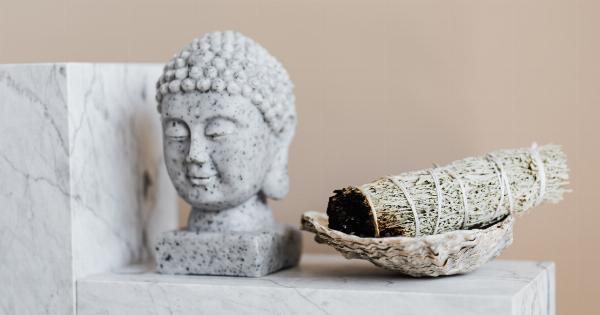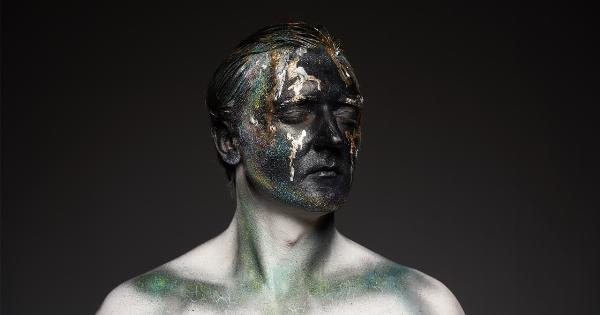In the realm of science and beauty, symmetry has always been regarded as a key factor in determining attractiveness. Humans, animals, and even inanimate objects that possess symmetrical features are often considered more aesthetically pleasing.
But what exactly is symmetry, and why does it hold such significance?.
The Basics of Symmetry
Symmetry refers to a balanced arrangement of parts or components on either side of an axis, plane, or center. It is a fundamental concept in mathematics, art, and biology.
In nature, examples of symmetry can be found in snowflakes, flowers, and even our own bodies. The human face, in particular, exhibits various forms of symmetry.
The Impact of Facial Symmetry
Scientists have long been fascinated by facial symmetry and its correlation with attractiveness. Numerous studies have been conducted to examine the relationship between facial symmetry and perceived beauty.
One such study, published in The Journal of Comparative Neurology, found that individuals with more symmetrical faces were widely considered to be more attractive.
The Golden Ratio and Facial Symmetry
One theory that has garnered significant attention is the concept of the “Golden Ratio” in relation to facial symmetry. The Golden Ratio, also known as phi (Φ), is a mathematical ratio that describes proportions found in nature.
When applied to facial features, the Golden Ratio suggests that certain measurements should adhere to specific ratios to be considered aesthetically pleasing.
Measuring Symmetry
Scientists employ various techniques to measure facial symmetry. One commonly used method involves capturing a person’s photograph and digitally dividing it into equal halves.
Then, by comparing the alignment of specific facial features, such as eyes, ears, lips, and nostrils, researchers can determine the level of symmetry.
The Epitome of Symmetry
In recent years, through meticulous research and advancements in technology, scientists have identified individuals who align most closely with the ideal of facial symmetry.
One extraordinary individual who has been hailed as the epitome of symmetry is Anna Smith.
Anna Smith: A Living Sculpture
Anna Smith, a 29-year-old from London, has captivated scientists and art enthusiasts alike with her extraordinary facial symmetry. Born with a genetic mutation, Anna’s face exhibits remarkable balance and proportionality.
Her high cheekbones, perfectly symmetrical eyes, and a precisely aligned nose not only adhere to the Golden Ratio but appear as if they were sculpted by a master artist.
The Science Behind Anna’s Symmetry
Researchers have delved deep into understanding the science behind Anna’s exceptional symmetry.
Through detailed analysis, they have discovered that Anna possesses a rare genetic makeup that results in enhanced cellular division and alignment during embryonic development.
Implications and Future Research
The discovery of individuals like Anna Smith, who embody an unparalleled level of facial symmetry, opens up new avenues for scientific research.
Studying the genetic and environmental factors that contribute to such extraordinary symmetry can provide insights into facial development and the potential applications in fields such as plastic surgery and regenerative medicine.
The Beauty in Diversity
While Anna Smith may represent an exceptional case of facial symmetry, it is important to appreciate the diversity that exists in human faces.
True beauty lies not only in strict adherence to mathematical ratios but also in the unique characteristics and imperfections that make each face distinct and captivating.
Symmetry and Evolution
The widespread preference for symmetry is believed to have evolved as a result of natural selection. Symmetry is often an indicator of good health and favorable genetic traits.
It suggests that an individual possesses a strong immune system and is more likely to produce healthy offspring.
Conclusion
Symmetry continues to be a fascinating subject for scientists and artists alike. While individuals like Anna Smith may epitomize facial symmetry, beauty is multidimensional, and true attractiveness goes beyond strict adherence to mathematical ratios.
Our appreciation for symmetry stems from our evolutionary past, and it remains a key factor in our perception of beauty.





























